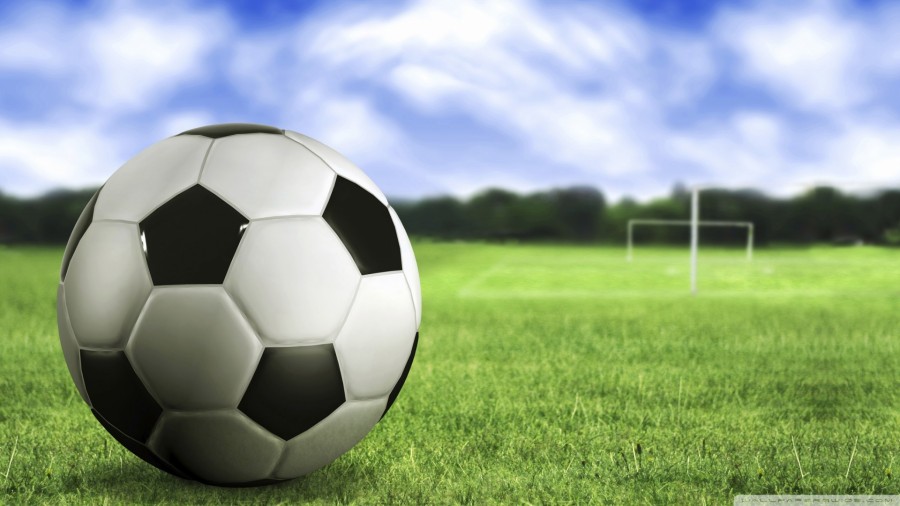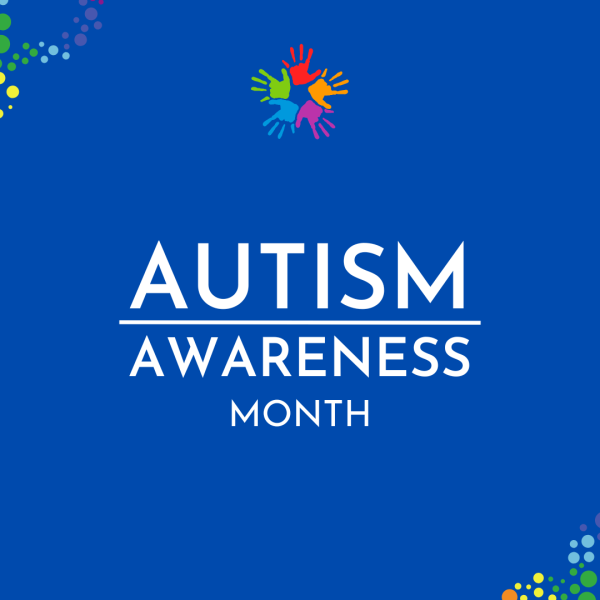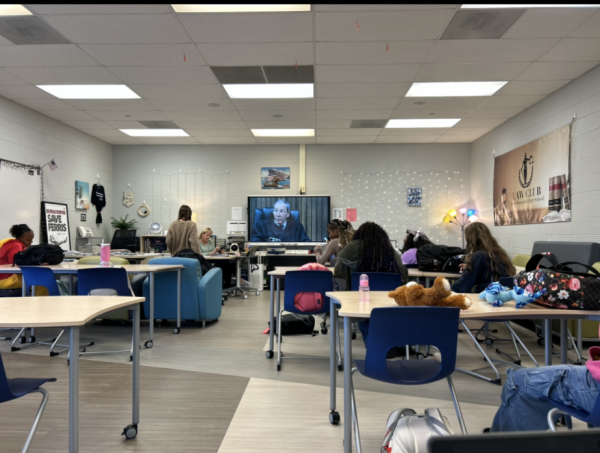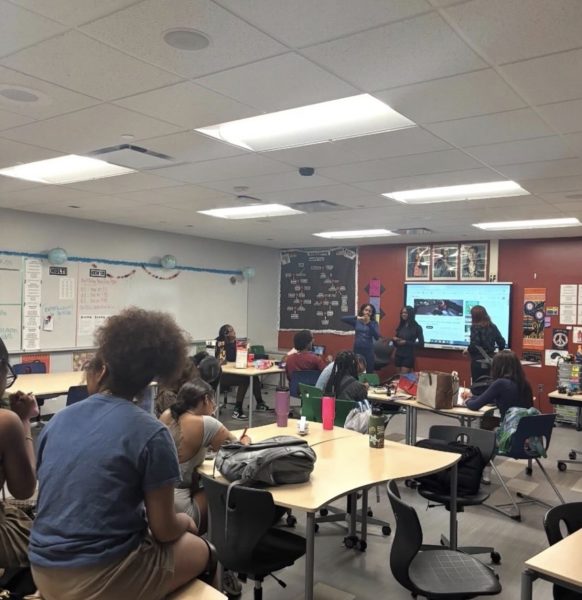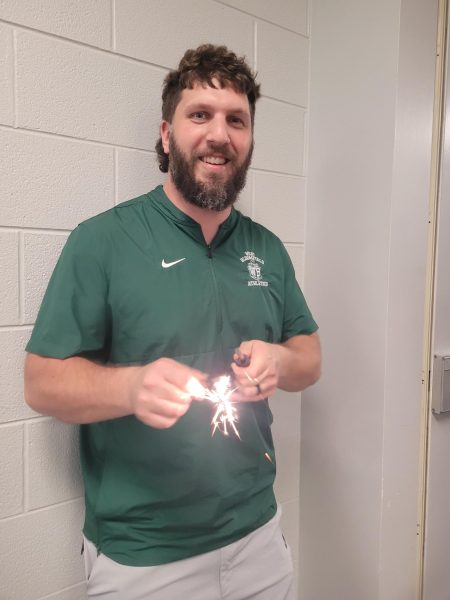From Kicks to Concussions
Soccer community frightened over concussion rate of youth soccer
Imagine if one mistake could stop you from doing what you love. That’s exactly what happens to thousands of soccer players every year.
Multiple injuries can take a player out of the game temporarily. These injuries can include things as trivial as an ankle sprain. Sprains are the most commonly seen injury in soccer. While there are minor injuries that players can bounce back from quickly, some injuries are not as easy to overcome. The NFL’s (National Football League) discussions about concussions has brought up some controversy for football’s fellow sport, soccer.
For the past couple of years, the NFL has been under fire for not being able to minimize the impact of head collisions that players face. A large number of people have been questioning if heading in soccer could bring up the same result that the football players experience.
Amidst these worries, the US Soccer Club (USSC) decided to add new regulations. The website for the USSC stated that, “Players in U-11 programs and younger shall not engage in heading, either in practices or in games. Limited heading in practice for players in U-12 and U-13 programs. More specifically, these players shall be limited to a maximum of 30 minutes of heading training per week, with no more than 15-20 headers per player, per week.”
Even though the USSC has added these rules, additional preventative actions still have to be taken. Soccer clubs around the country give handouts on what the symptoms are for a concussion and what actions to take if these symptoms occur in a player. But how do concussions affect players in their later life?
“If you get enough concussions then later in life you can get memory loss or things like dementia.” says Christine Lindsey, a coach with the Waterford Warriors Soccer Club program.
Coach Lindsey further elaborated on things to do in order to prevent injury. She said, “you do warm ups and dynamics, which are just active warm ups, to help strengthen your knees and other ligaments.
To prevent concussions, US Club Soccer has implemented that no player under the age of 12 can head the ball. Coach Lindsey continued, “If you get enough concussions, later in life you can develop memory loss or things like dementia. As for ACL injuries, you can get a limp in your walk.”
Although soccer has somewhat of a high risk for injury, the game is evolving and more preventative actions are being taken to make the game a little bit safer.
Your donation will support the student journalists of West Bloomfield High School. Your contribution will allow us to purchase equipment and cover our annual website hosting costs.
Deepa Jha is a senior and this will be her fourth year in Spectrum. She enjoys being involved with politics and hanging out with her friends. She has created...
Ryan Horwitz is a junior and has been in Spectrum for three fabulous years filled with excitement. He loves school, writing sports articles, and playing...


